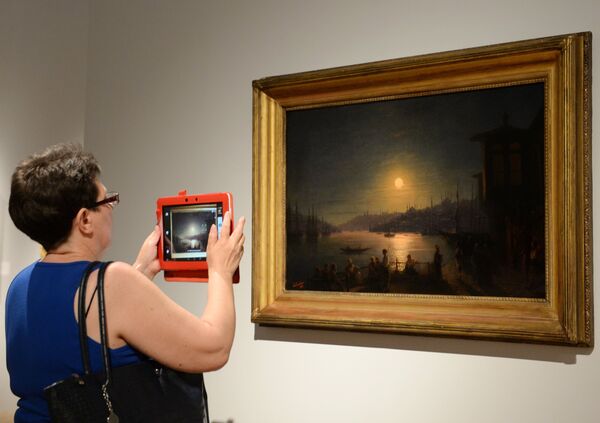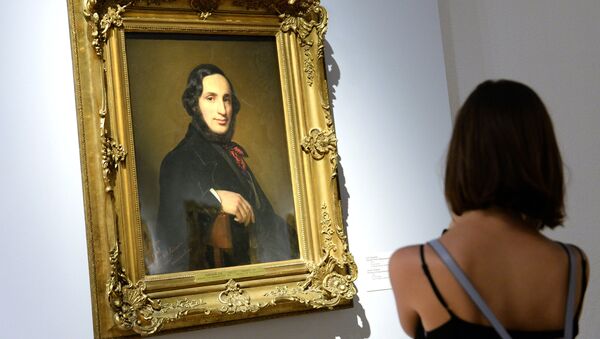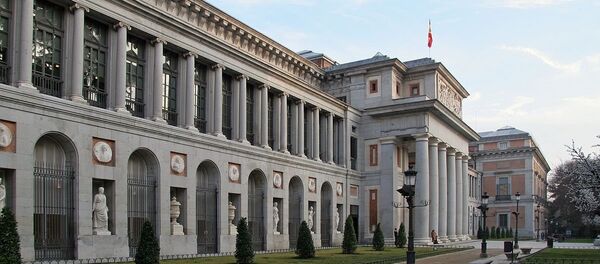Strictly speaking, the anniversary of Aivazovsky will be celebrated next year, but the Tretyakov Gallery prepared the large-scale monographic exhibition exactly one year before the date.
The "Ivan Aivazovsky. For the 200th anniversary" exhibition, running from July 29 through November 20, presents about 100 paintings and 50 graphic works. The gallery simultaneously displays the most significant paintings of the artist along with models of ships, compasses, globes, telescopes and personal items that belonged to the painter.
No one has any doubt that the exhibition will become a new "museum blockbuster." In fact, there are several reasons to hurry up and get your tickets now.
First of all, the exposition features "The Ninth Wave," which is considered as Aivazovsky's best known work. The canvas is huge in size — 2.21 meters by 3.31 meters, which is why it is difficult to shift it from the State Russian Museum in Saint Petersburg, where it belongs. The exhibition is a rare opportunity to witness the original painting in Moscow.
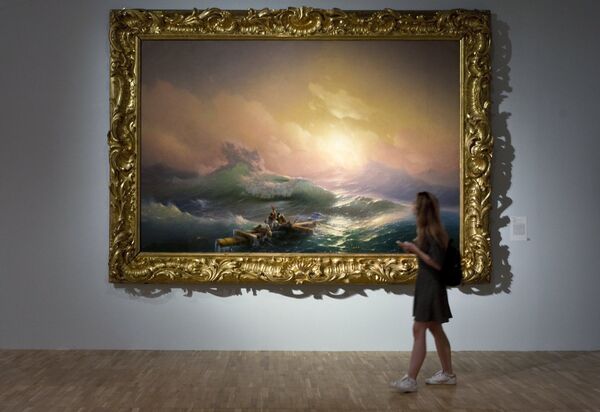
Secondly, not only nautical fans will enjoy the exhibition; it might be of interest to lovers of battle painting as well. In the years of his service as a "Painter to the Naval Staff," Aivazovsky created a series of paintings of the great naval battles of the Russian fleet. Given that he was among those who defended Sevastopol in 1854-1855, his work can be regarded as historical documents.
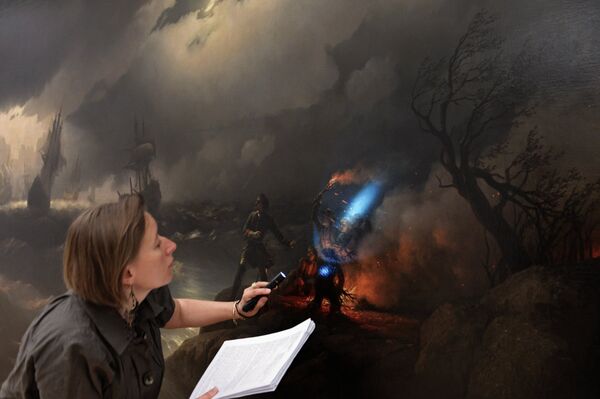
The exposition shows that Aivazovsky was also a talented portraitist. Particular attention was paid to the subject of religion in the artist's life. Coming from an Armenian family, Aivazovsky presented a lot of works on biblical themes to the temples of his home town of Feodosiya. Moreover, he painted the frescoes of the Church of St. Sergius, in the courtyard of which he was buried.
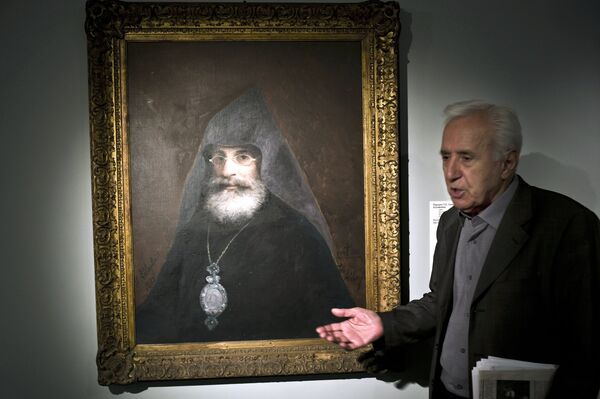
Last but not least, the Aivazovsky anniversary exhibition provides the opportunity to see something more than Russia of the nineteenth century. The artist traveled all over Europe and was known far beyond the country. He was an honorary member of the Amsterdam, Rome, Florence, Paris and Stuttgart Academies of Arts. The paintings, made during his journey to Constantinople take a special place in the exhibition.
